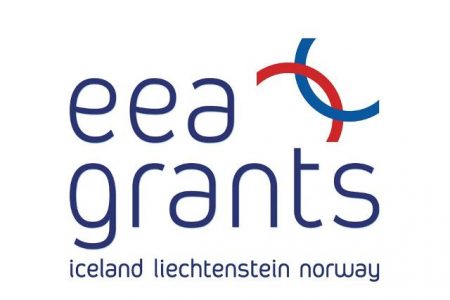Activities / The mill of Bánffy Castle in Bonţida
Principală (Castelului) Street, no. 176, Bonţida, Cluj County
Historical Monument, Code LMI 2004: CJ-II-m-A-07534.04
DATE
At the beginning of the XIXth century, Count József Bánffy came into possession of the Bánffy Castle, Bontida. In 1821 under his direction, the new empire style mill was built, out of the stone blocks from the dungeon – the Castle’s entrance gate – which had been demolished. At the beginning of XXth century, the mill was modernized according to the design developed by Lajos Titz working with the Ganz Company in Budapest. The works were finalized in October 1928.
DESTINATION
The building worked as a watermill, having a large production capacity. Initially had living spaces as well for the miller family and temporary accommodation for traders from distant locations.
SHORT HISTORY
The milling activity at Bonţida has a tradition of 700 years. Because of the village is situated on the bank of the Someş River on the Transylvanian Plain there were excellent conditions for the agricultural development.
The Mill was one of the highlights of the community social life, working or coming here from the whole Bonţida-Jucu micro-region to benefit from the milling services.
Since 1945 the entire Bánffy land property in Bonţida was nationalized. After that, the decision was temporarily revoked but in 1948 it became irrevocably Romanian state-property, being administered by the local authorities of the village. The Mill was used up until 1965-1966, when the production ceased due to the Public Council’s decision. Once deserted, abandoned, the mill started to gradually deteriorate.
The Transylvania Trust Foundation, an organization that became the concessionaire of the mill in 2003, after several consultations with local people, professionals and local authorities, started the restoration and revitalization of the mill, through the establishment of the Museum of Village Life.
PRESENT
Both in cultural and historical terms the Mill of Bánffy Castle is a unique building: it is the largest watermill and an A category historical monument in Romania.
To save as much as possible from this building, already in 2005 have begun restoration works on the roof structure as part of the summer school organized by the Foundation. Also, in 2010 – included in the project Partnership for Valorization Industrial Built Heritage from Romania financed by the Governments of Iceland, Liechtenstein and Norway through the European Economic Area Financial Mechanism – have made priority interventions to secure the building.
The revitalization of the Mill is part of the restoration strategy of the Bánffy Castle, but also it is a stand-alone project, which is delimited by the ensemble restoration, both due to its geographical position (lying outside the Castle walls) and the chosen function of the Museum of Village Life.
The local authorities and the Transylvania Trust Foundation are working together to continue the restoration works and to open the museum.
This object is part of The Industrial Architectural Heritage Tourism Route, and is included in the project Partnership for Valorization of Industrial Built Heritage from Romania (more information on this project can be found on www.industrial-heritage.ro), coordinated by the Transylvania Trust Foundation and its partners; Association for Industrial Archaeology – AIR, Bucharest, Democrat Association of Hungarian Youth – MADISZ, Baia-Sprie, Folkeuniversitetet I Fjellregionen, Norway and Armeana Foundation, Dumbrăveni.
 The project was financed by the Governments of Iceland, Liechtenstein and Norway through the EEA Financial Mechanism.
The project was financed by the Governments of Iceland, Liechtenstein and Norway through the EEA Financial Mechanism.
This publication does not necessarily represent the official position of the EEA Financial Mechanism.
The Mill of Bánffy Castle in the ’60s, after the definitive cessation of production
The Mill before the interventions from 2005
After the partial restauration of the roof structure from 2005
Priority interventions in 2010
